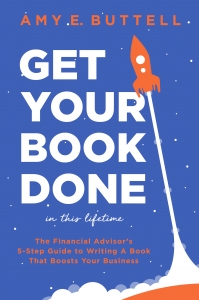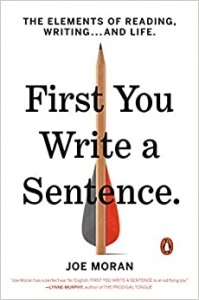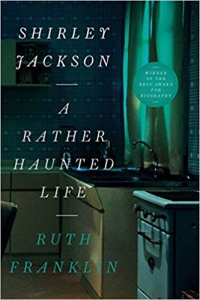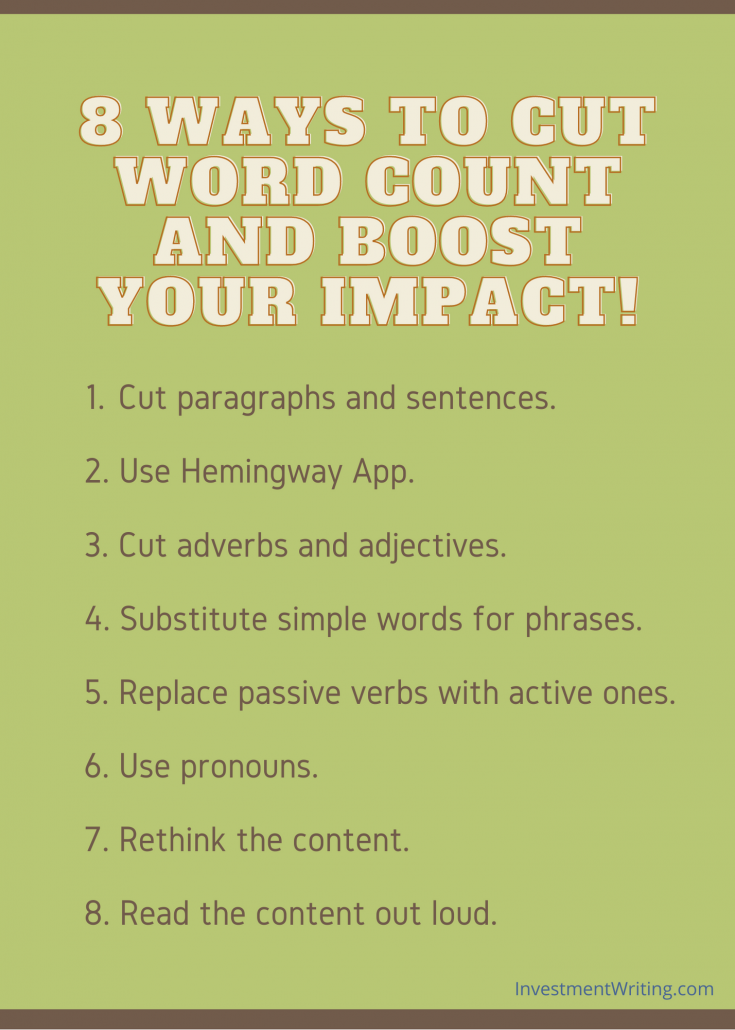Long sentences can make you more concise
“You have too many short sentences. Write some long sentences.” That advice from my writing teacher stunned me. I’d been working so hard to cut flab from my writing.
However, I respected my teacher, and quickly realized that she was right. As she explained, my short sentences created a monotonous rhythm.
Long sentences may repeat fewer words
Rhythm isn’t the only reason to include an occasional long sentence. Paradoxically, as Joe Moran says in First You Write a Sentence, long sentences “can be more concise than a string of simple ones, because having a subject and main verb for each thought wastes words. And sometimes long sentences are useful for the opposite reason: not to save words, but to expand them, to stretch out a thought so the reader can keep up as you think it through.”
Moran also says:
These kinds of sentences can be made more readable by cutting deadwood words and adding words. By expanding complex ideas into long, loose sentences, you mimic the stretched-out thinking-aloudness of speech. Cutting out long, derived words, such as nominalizations, often means using more words in their place—but it can make the writing feel less squashed. The slow train of thought needs plenty of track.
So, don’t assume that shorter is always better. I’ve also made this point in “No brevity without substance, please” and “Writing: More specific is better until it’s not.”
Put subject and main verb at the beginning
Moran offers a great tip to make your long sentences work: Put your subject and main verb at the beginning. As he says, “If the reader can’t identify the sentence’s subject and main verb—or worse, which is not uncommon, the writer can’t, it will never begin to make sense.”
Go long when it works.
Disclosure: If you click on an Amazon link in this post and then buy something, I will receive a small commission. I provide links to books only when I believe they have value for my readers.





